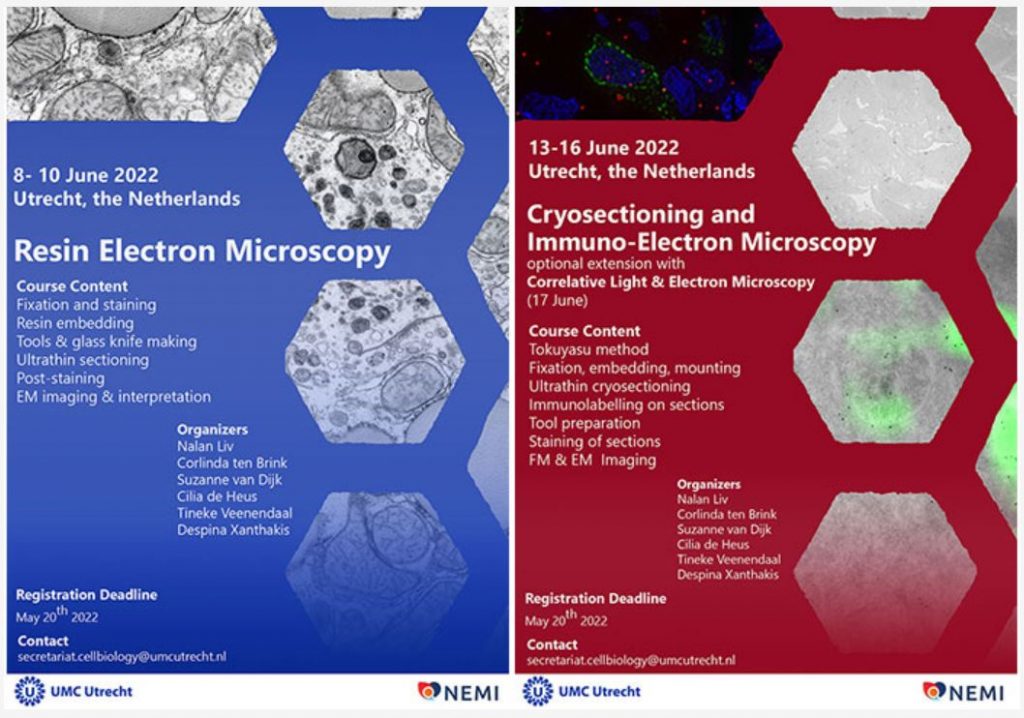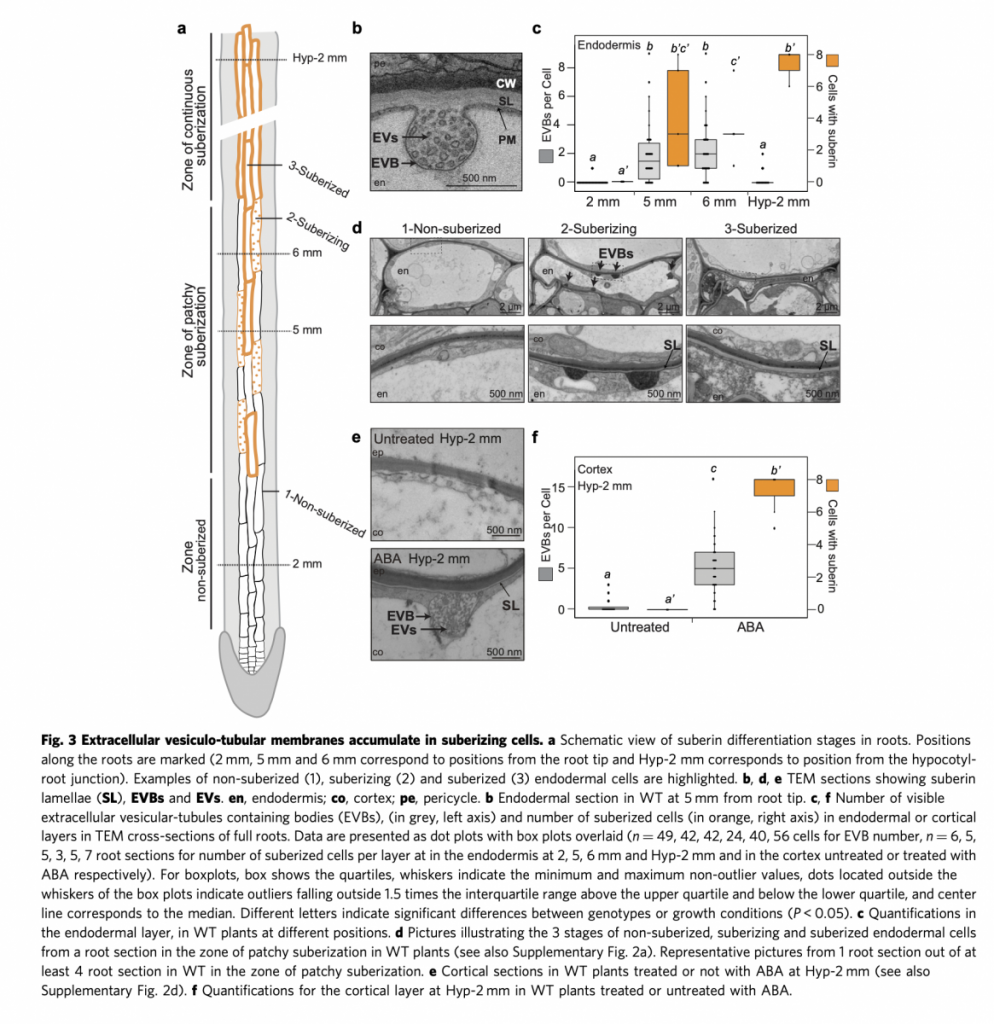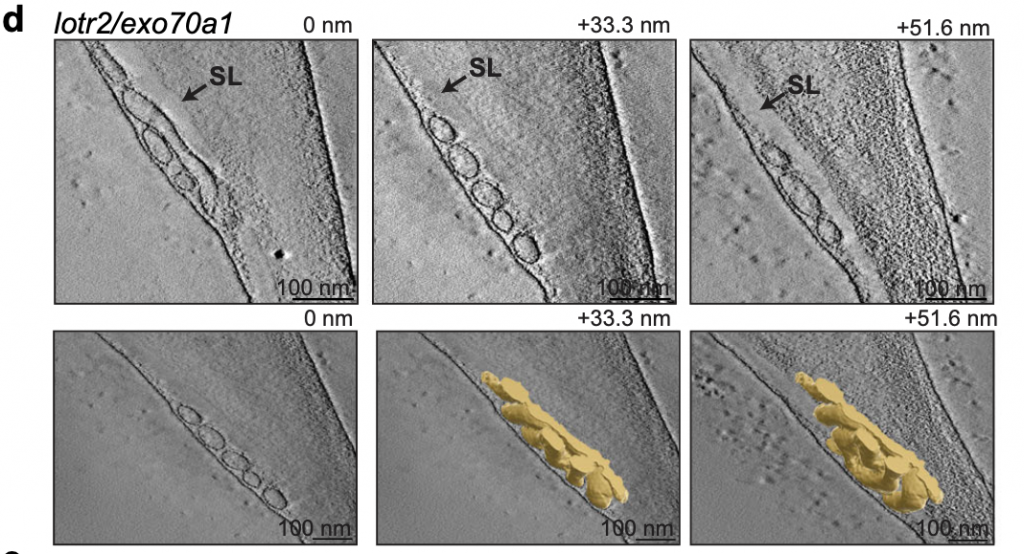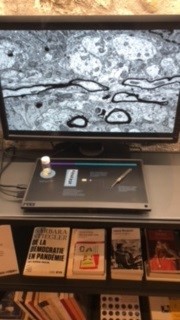Venez nous rendre visite à l’occasion des mystères de l’UNIL 2022
nous vous accueillons à la plateforme de microscopie électronique grâce à l’activité A23 le samedi


As a core facility dedicated to service at the Faculty of Biology and Medicine, we serve in priority investigators from all departments of the UNIL. We are providing full service, training on all our instruments and autonomous access to trained users. External users are welcome to contact us to discuss opportunities.
Venez nous rendre visite à l’occasion des mystères de l’UNIL 2022
nous vous accueillons à la plateforme de microscopie électronique grâce à l’activité A23 le samedi

https://www.cellbiology-utrecht.nl/electron-microscopy-courses.html
Please do not hesitate to contact us if you need information or a one-day training to prepare the course!

Great collaboration with Marie Barberon and Niko Geldner! Our article on Extracellular vesiculo-tubular structures associated with suberin deposition in plant cell walls is now published in NatureComms.
Extracellular vesiculo-tubular structures associated with suberin deposition in plant cell walls
Damien De Bellis, Lothar Kalmbach, Peter Marhavy, Jean Daraspe, Niko Geldner & Marie Barberon
Nat Commun 13, 1489 (2022). https://doi.org/10.1038/s41467-022-29110-0
Suberin is a fundamental plant biopolymer, found in protective tissues, such as seed coats, exodermis and endodermis of roots. Suberin is deposited in most suberizing cells in the form of lamellae just outside of the plasma membrane, below the primary cell wall. How mono- meric suberin precursors, thought to be synthesized at the endoplasmic reticulum, are transported outside of the cell, for polymerization into suberin lamellae has remained obscure. Using electron-microscopy, we observed large numbers of extracellular vesiculo- tubular structures (EVs) to accumulate specifically in suberizing cells, in both chemically and cryo-fixed samples. EV presence correlates perfectly with root suberization and we could block suberin deposition and vesicle accumulation by affecting early, as well as late steps in the secretory pathway. Whereas many previous reports have described EVs in the context of biotic interactions, our results suggest a developmental role for extracellular vesicles in the formation of a major cell wall polymer.


L’EMF a eu la joie d’accueillir les artistes Hunter Longe et Matheline Marmy dans le cadre de la première exposition collective célébrant la réouverture de la Grange
Grâce à Hunter Longe et Jean Daraspe, l’EMF montre les supports matériels et visuels menant à une image de microscopie électronique.
Allez y faire un tour!

La Grange propose, déployée dans le foyer d’accueil et Le Café, une exposition collective lente et ouverte qui évolue – parfois en phase, parfois en décalage – avec la programmation du lieu. Dédié·e à sa propre allure s’inspire des domaines de la chronobiologie et de l’évolution minérale et prend forme à partir des rythmes superposés qui guident notre monde – solaire, lunaire, sidéral et circadien. Comme les saisons qui se superposent aux jours et aux marées, la présence des images, des sculptures et des installations se chevauchent les unes aux autres. Certaines œuvres se déplacent dans l’espace et certaines vont et viennent, tandis que d’autres changent et grandissent. La durée devient une forme, ponctuée par les performances et les spectacles qui se déroulent au-dessus, sur la scène du théâtre.
Cette première phase de l’exposition inaugurée le 25 février est fortement inspirée par la croissance des minéraux et leur relation intrinsèque avec le vivant, qui a été baptisée la bio-géo-coévolution. En parcourant des premières formes de vie, leurs traces et leurs effets sur leur environnement, ainsi que sur les voies de réaction ouvertes par la vie organique par lesquelles de nouveaux minéraux se forment, l’exposition estompe les distinctions entre le vivant et le non-vivant ainsi que celles entre les sciences et les arts, laissant entrevoir une créativité intrinsèque à la matière